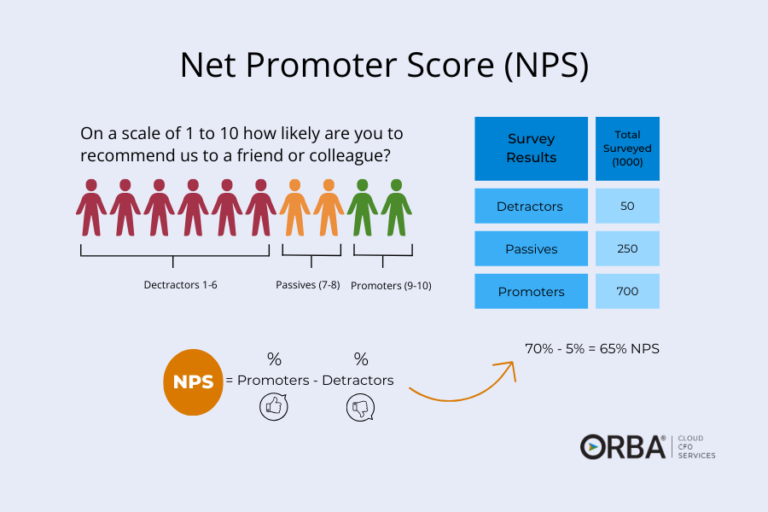Strategies to use to ensure seamless accounting processes with an omnichannel retail experience.
When “omnichannel” was first mentioned, Marketers everywhere were dubbing it as the next buzzword marketing term. Yet, as the years have gone by, its prevalence has increased considerably throughout publications. In fact, recent stats suggest that today’s consumers use an average of almost six touch-points across different devices when researching and buying goods, suggesting merchants really do need to be on top of multiple buying journeys in order to truly tap into (and succeed) within the modern retail environment.
But what exactly is omnichannel retail?
Omnichannel retail is all about providing customers with a seamless shopping experience – however they choose to buy from you – be it via your online website, in your store, over the phone or via Facebook.
Today’s modern consumer expects you to be where they are. If they’re browsing your site via their mobile phone whilst on the way to work, they want to be able to research and buy products quickly. If they notice you’re frequently posting on Facebook or Instagram, they’ll expect your shop ads to crop up in their feeds. And if you’re online, well they’ll want to receive just as good a customer service experience as when speaking with your sales staff in store.
So why should this influence how you manage your accounting?
First things first, I won’t be discussing the details on exactly how accounting works within an omnichannel business. That’s what you hire your bookkeeper or accountant for, plus there’s already a wealth of material online that you can read, watch, listen to and absorb.
Instead, I’m here to focus on the higher level overview of how running an omnichannel business and the strategies involved with that should work seamlessly with your accounting processes and reports.
Retail vs Trade & Omnichannel
Whether your customers are retail or trade clients, they’re still going to expect an excellent level of customer service from you. But they do need to be handled differently within an omnichannel business.
For example, you’re going to need to ensure that your B2B or trade customers have the freedom and autonomy to purchase up to their full credit limit, and pay invoices at any time.
This means ensuring your sales staff are up-to-date and kept informed of new trade agreements and credit balances at all times. It’s also likely that you’ll need to invest in new technology to empower your clients to pay whenever (and however) they choose to do so. This could be a payment over the phone, an online payment or in person.
Cross-Channel Inventory Reporting
One of the biggest challenges in omnichannel retail is ensuring your inventory levels are up-to-date across your sales channels, and that the underlying inventory reporting and cost of goods sold figures are also accurate.
Firstly, a reliable inventory management system should be your first port of call. This will handle the inventory updates for you automatically, regardless of where (and how) you’ve bought and sold your products.
On the accounting side itself, your system should be able to use accurate inventory accounting methods to ensure costs and profit are being calculated correctly. But not only that, you should also ensure you have real time access to margin reports, profitability and inventory availability so you can make fast and trustworthy decisions to make the replenishment and reordering process easier.
I must admit that when you also add cross-border trade into the mix as well, well things can get just a little bit trickier…
Cross-Border Trade & Omnichannel
Whether your website alone caters for international customers or whether you’re on a mission to expand overseas via online marketplaces, your cost and profit margins become ever more increasingly important to get right.
When buying and selling in foreign currencies, you’ll need to accurately portray exchange rate gains and losses within your accounting, otherwise you could be inflating your profits.
Similarly, you’ll also need to ensure you’re reporting on the true costs of your products. But what exactly do I mean by that? Well, there are other costs associated with buying and selling goods, aside from just what you’ve paid versus what your customer has paid.
Freight and carrier charges, insurance fees, marketplace fees, import duty and other taxes are all examples of what we refer to as landed costs, or the true costs of your products. Sadly, these can sometimes be overlooked within both accounting transactions and financial forecasts.
You may need to handle these costs manually, appropriating costs to your products in the best way to suit you. A couple of basic examples of this include:
> Attribute more of your insurance costs to high value items.
> Attribute more of the container or freight charges to bulky or heavy items.
It’s up to you how you decide to divide up your landed costs, and they of course depend on what you’re buying and selling. But at the very least, you should be able to divide up the costs based on: value, weight, volume and quantity.
Cross-Channel Tax Reporting
Omnichannel retail also brings other challenges to financial management, such as the need to report tax in a consistent way for sales that originate from different systems and platforms.
Every sales channel (and region) handles tax differently, making your job more challenging as you expand.
Within your retail management system, you should be able to enter tax-exclusive (net) prices and setup rules to add tax as needed for each channel. This ensures that as your orders download, the appropriate tax is being added to each sale based on anything from delivery location, to specific item tax amount.
If accounting for your sales manually, you will need to ensure the correct tax amounts are being applied as per rules and legislation for where your store is located, as well as where your customer is based, and on what they’ve actually ordered from you.
Cross-Channel Audit Trail
With each of your omnichannel processes tied up so closely with your accounting reports, you will need to ensure you’re making use of a decent cross-channel audit trail.
This could be anything from being able to see which sale or purchase caused which accounting journal, as well as how each inventory correction affects your asset values and which refund relates to which sale as well.
We all know that buying and selling goods has an impressive influence over how your accounting reports look, and when selling across channels, this can become increasingly tricky as you grow and expand the business.
But at the end of the day, as an ambitious retailer, you want to be able to focus more of your time and energy on your customers and their seamless shopping experience.
By ensuring your accounting systems are able to handle everything in real time, and by working with a reliable accounting firm like Red Granite, we believe that you really will achieve omnichannel success.
AUTHOR:
Justine Cross is the Content Marketing Executive at Brightpearl – a cloud-based ERP for retailers and wholesalers. Brightpearl allows you to provide a truly omnichannel experience for your customers, whilst unifying all of your sales channels, inventory, accounting, CRM, suppliers, fulfillment, warehouse management, reporting and POS in one single system.


